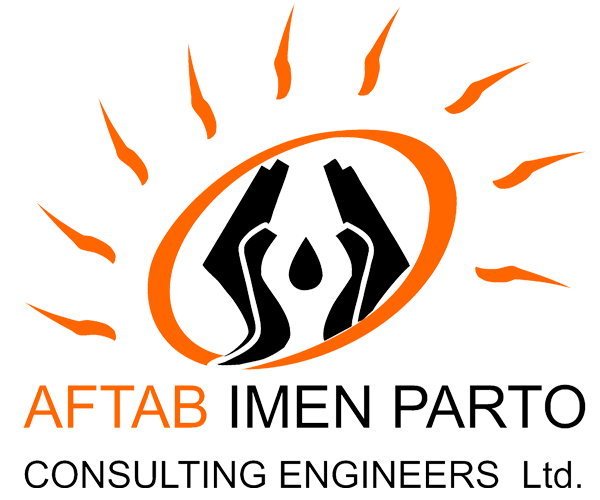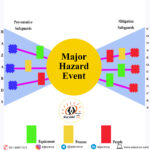What is Gap Analysis Training?
Gap Analysis Training focuses on the systematic evaluation of performance gaps between current and desired states in an organization’s processes, safety standards, regulatory compliance, and operational efficiency. It helps organizations identify deficiencies, prioritize improvements, and develop corrective action plans to bridge the gaps.
Gap analysis is widely used in industries such as oil and gas, petrochemicals, manufacturing, healthcare, IT, and quality management to ensure continuous improvement and compliance with standards.
Objectives of a Gap Analysis Training Course
A Gap Analysis training course equips participants with the knowledge and skills to:
1. Understand Gap Analysis Methodology – Learn the structured approach to assessing gaps in processes, systems, and compliance.
2. Identify Performance Deficiencies – Analyze gaps between current vs. desired performance, regulatory requirements, or best practices.
3. Develop Corrective Action Plans – Prioritize improvements and create a roadmap for closing gaps effectively.
4. Enhance Compliance & Risk Management – Ensure alignment with industry standards (ISO, OSHA, API, IEC, etc.) and regulatory requirements.
5. Improve Decision-Making – Use data-driven insights to make informed business and safety decisions.
6. Apply Gap Analysis to Real-World Scenarios – Use case studies, audits, and assessments to apply gap analysis techniques in different industries.
Who Should Attend a Gap Analysis Training?
This training is valuable for professionals involved in process improvement, compliance, and safety management, including:
HSE (Health, Safety & Environment) Managers & Officers – Identifying and closing safety gaps in workplace operations.
Quality Assurance & Compliance Officers – Ensuring alignment with ISO, OSHA, API, or other industry-specific standards.
Process Engineers & Risk Analysts – Identifying and mitigating operational risks in industrial processes.
Project Managers & Business Analysts – Assessing gaps in project performance and strategic goals.
Operations & Maintenance Managers – Improving efficiency by identifying gaps in equipment reliability and maintenance strategies.
Why is Gap Analysis Training Important?
Gap Analysis is a proactive tool for continuous improvement and risk reduction. It helps organizations:
Enhance safety and compliance by identifying regulatory gaps before audits.
Improve operational efficiency by addressing inefficiencies and optimizing processes.
Support strategic decision-making by aligning business objectives with industry best practices.
By mastering Gap Analysis, professionals can ensure their organizations stay competitive, compliant, and continuously improving.


